
As you already know developing a mobile application takes years to build, and even if it gets designed, it becomes hard to get the first 1000 customers. According to social media today, an average person has more than 80 apps installed on their smartphone. But out of that, only 20-25 apps are used to the maximum extent.
Today’s customers will only spend maximum time on mobile apps if companies meet their expectations. As billions of mobile apps are available on smartphones and desktops, it becomes challenging for companies to increase the retention rate and user engagement metrics on their app.
Therefore, Mobile app companies need to frame a defined app marketing strategy that could help them increase their in-app purchases, grow the number of users, and turn their venture into a million-dollar brand. In this blog, we will dive deeper to let you understand about how to increase Mobile App Engagement.
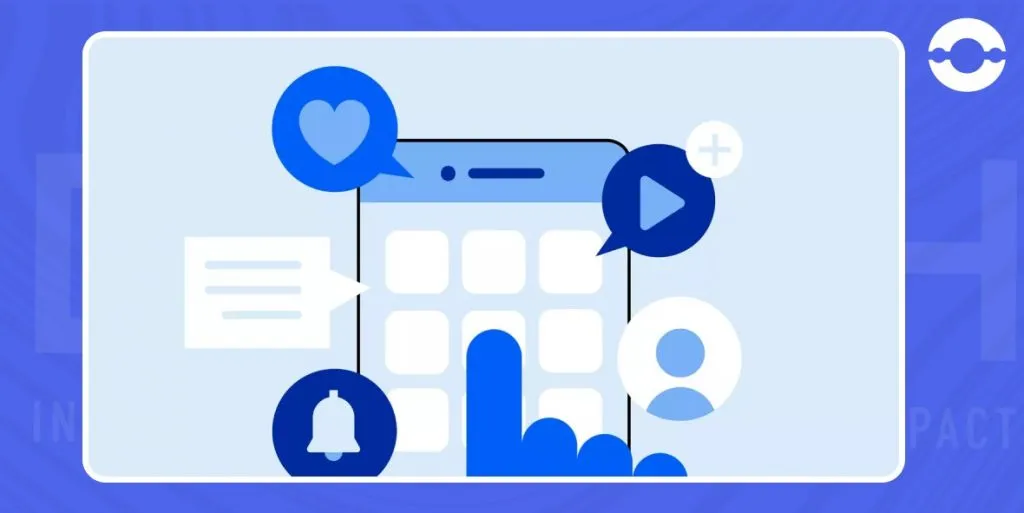
Let’s take a look at some statistics –
Customers uninstalled every 1 out of 2 apps within the first month of download
Consumers uninstall 39.9% of apps because the majority of apps are not in use
90 percent of consumers stick to an app for a maximum of one week
But, If you think that designers and developers can spend too many hours creating an interactive app and not a single customer is making an effort to download it, your actions are not worth it.
What is Mobile App Engagement?
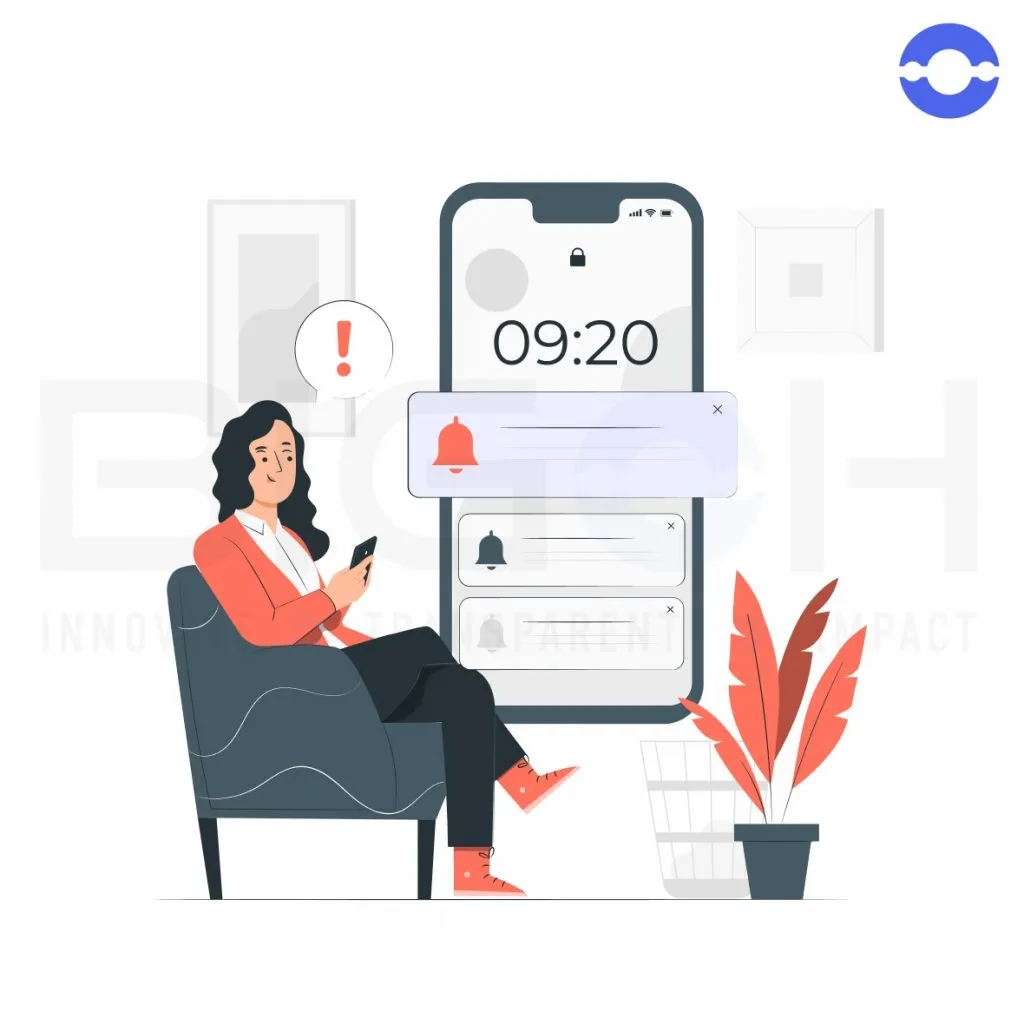
Mobile app engagement means how users interact with an app. If user engagement increases, users will likely spend more time on the app. A large number of apps are being produced every day, and it becomes difficult for companies to hold the user on a particular app.
App engagement is an important measure that allows advertisers to run campaigns by targeting specific customers. When the user gets value from a product or service, an app engagement rate increases.
According to Statista, “it is estimated that the users are more likely to spend around 233 billion dollars on apps by 2026.”. Hence, you might have understood that increasing mobile engagement would not turn your visitors into loyal subscribers but it would also make your business a lead-generating machine.
However, if an app is not satisfying your customers or meeting their expectations to the closest level. In that case, you will likely experience high churn rates with increased app installs.

How To Increase Mobile App Engagement?
Here are the 11 effective tips to engage Mobile App Customers-
1. Provides a smooth onboarding process
A confused user will always leave your app, thereby increasing your bounce rate. Thus, It becomes frustrating for users to understand how the app works. Don’t expect your customers to spend hours just understanding the blank canvas.
Instead, provide a personalized onboarding experience to customers so that customers can interact freely with your app, and they should know how to utilize app features to take the maximum possible benefits.
Mobile app development companies can also launch interactive walkthrough guides wherein these guides will walk through the new customer who lands on the app to perform a specific action.
Keeping an onboarding journey simple and minimalistic increases mobile app engagement rate.
For Instance – Instagram has a simple onboarding process where users can sign up quickly, and no complex steps are involved.
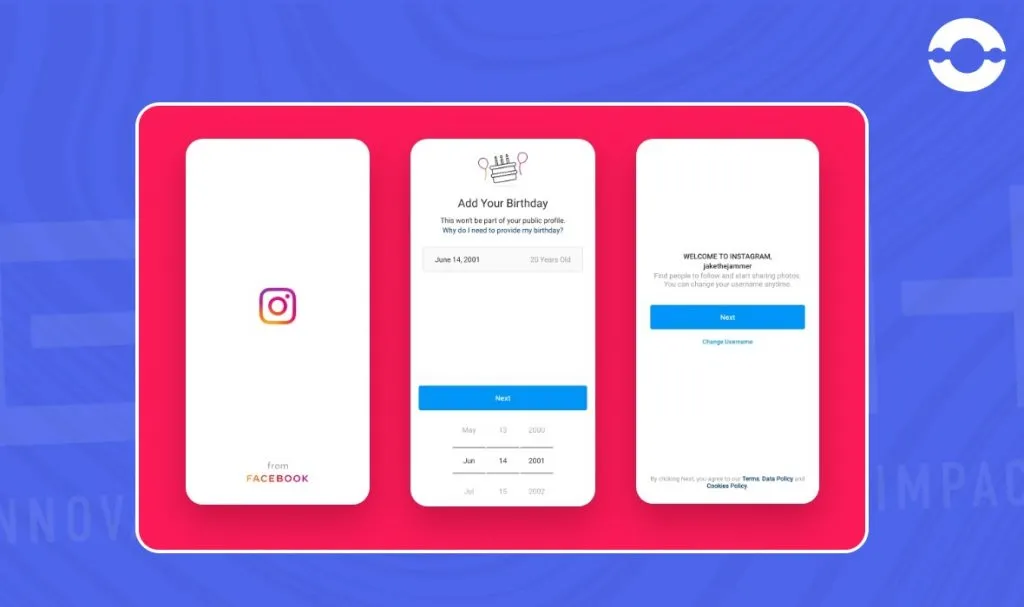
Consider another example of the Housecall Pro Plumber app, where the app guides the users and makes the customer’s journey smooth by providing step-by-step video tutorials.
Targeted campaigns & User segmentation
Doing user segmentation is another mobile app engagement strategy that helps businesses to hook customers. In addition, Segmenting users is the process of dividing customers into different categories on the basis of similar traits or characteristics. Audience segmentation can be done on the basis of customer location, total time spend on the app, purchasing habits of customers, etc.
It becomes easy for business owners to design and run marketing campaigns once they do audience segmentation. Therefore, it is a cost-effective approach to showing your campaigns to the targeted customers.
2. Understand customer trends and actions
Once businesses understand customer trends and behavior, they can serve their audience in a better way using targeted campaigns. Enterprises can understand customer trends by analyzing data from websites or an app.
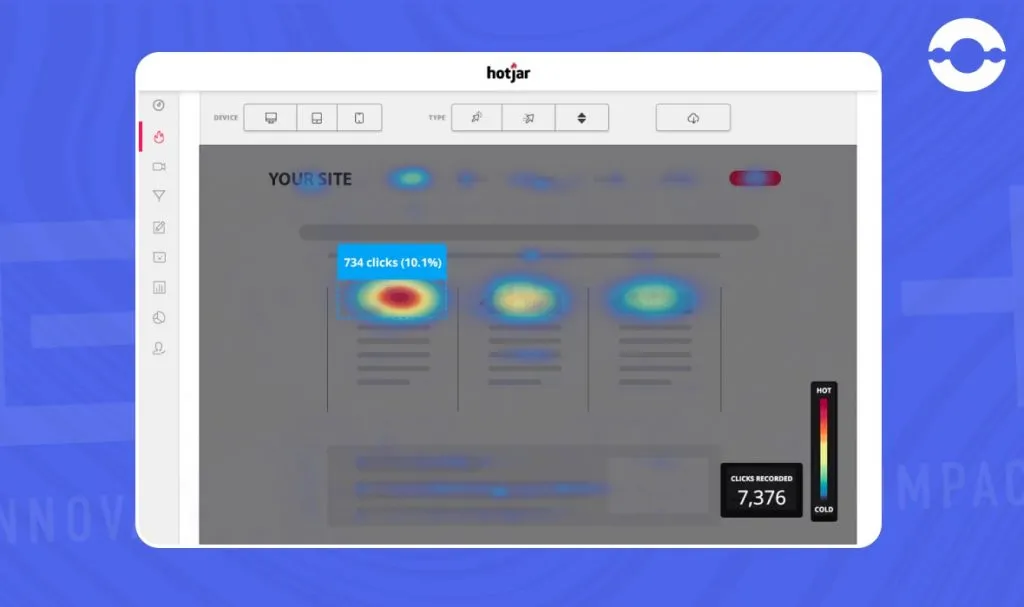
For example – You can integrate your web app with Hotjar to track what actions users are performing on your site, where they are spending most of their time, and how long they have been using your site. By integrating Hotjar on the website, you can understand user behavior to a great extent and provides a better user experience.
For Instance, a software company named “Techsmith” uses Hotjar to analyze where users click the most and on which page, they spend the maximum time. Using an analytics tool helps this company to create an interactive product experience.
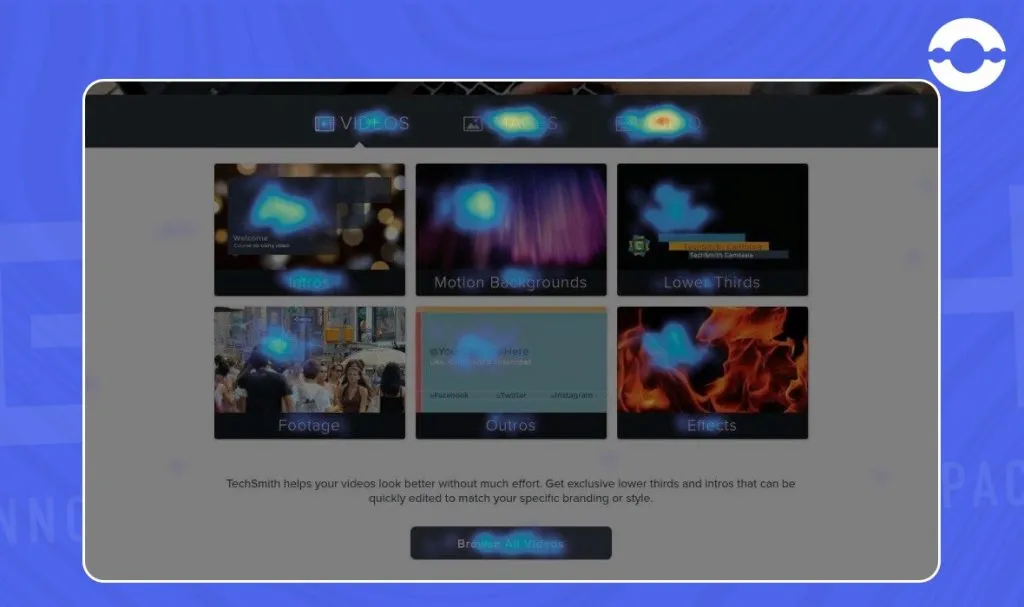
3. Use Push notifications wisely.
Do you know that sending push notifications to customers increases user retention by 3X-10x?. Companies are sending push notifications to remind customers about the app and allow them to perform specific actions, such as offering a discount or sharing an update about the latest collections.
Make sure that the notifications you send to the customers should be relevant and targeted to the customers. Thus, Push notifications are one of the best ways to keep visitors informed about the items left in the cart.
Research studies suggest that sending push notifications is a great tactic to reduce the cart abandonment rate. Around 80% of customers abandon their carts and did not make any purchases. Hence, push notifications allow you to convert your customer and the results of conversions are 3x-10x greater than sending regular e-mails.
For example – MUSX uses push notifications to users to remind them about the weekly top songs.
4. Add gamified experiences to the app.
If you want users to stick with an app, then using the gamification feature is better. Gamification means rewarding customers by giving them badges and points and offering lucrative rewards. Gamification started in early 2000 but was considered an effective strategy for increasing the user engagement rate on your mobile app.
It makes users stay on the app longer because it allows them to compare themselves with their friends and competitors or increase their scores on the leaderboard.
Nowadays, most companies are leveraging the gamification trend in their mobile apps, making it enjoyable for customers as they can see how much progress they have made, see their achievements, and share their wins with fellow participants.
For example – When the gamification feature was added to the Duolingo app, the company saw a massive jump in the number of referrals, and users were bringing new friends on this platform.
5. Using In-app messages to build better relationships
Research says that in-app messages have a 3.5 times higher retention rate than push notifications. Companies can leverage in-app messaging features to update the users about the new features added to the app.
Another way to smoothen the in-app messaging experience is to segment the customers based on interests, behavior, gender, age, etc., and provides personalized messaging to the customers.
Businesses can build relationships with their customers by providing an app messaging experience where customers can have one-to-one conversations with them. In-app messaging assists the customers in exploring the app, and its features, helping them complete their transactions, and taking feedback from customers wherever required.
Therefore, in-app messages help businesses to foster long-term relationships with customers and make users stick to the app.
6. Eliminating friction from the sign-up process
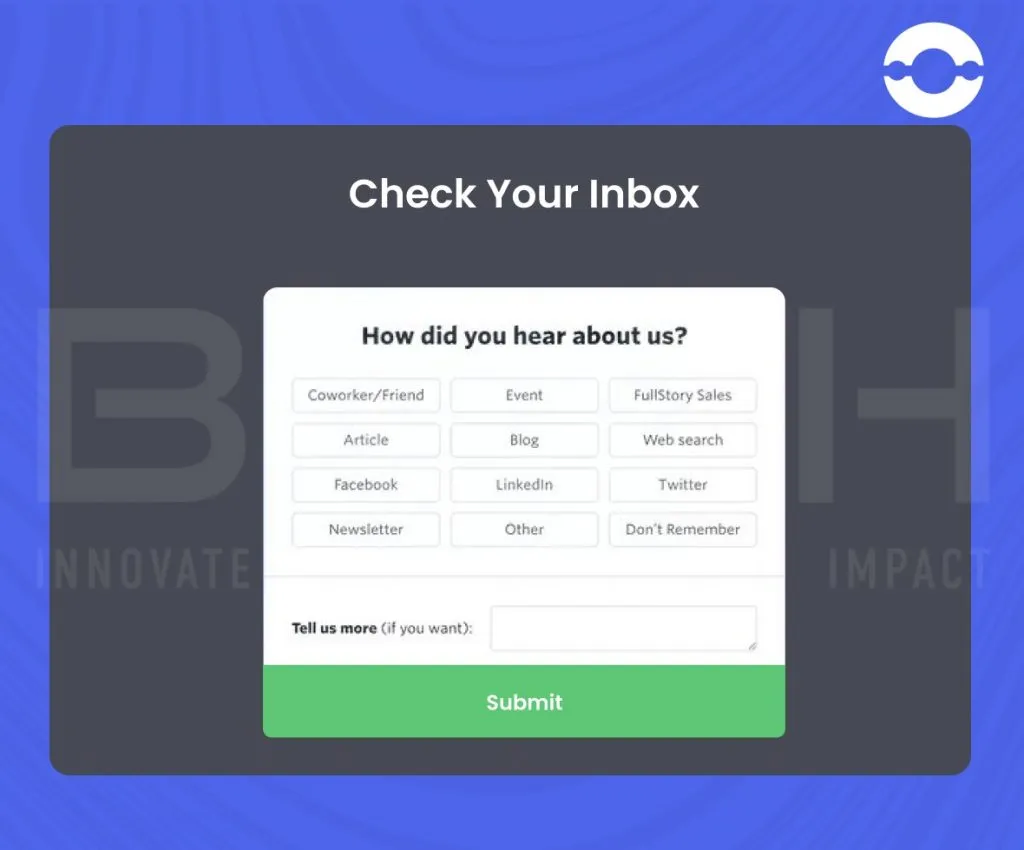
The first impression is always the last. Therefore, the sign-up process of an app should be created simply, and it should not take a major chunk of the user’s time. If the users have been asked to fill in too much information while signing up, it could make them feel frustrated, and they would never return to your app again.
It’s better to keep the sign-up form short and crisp so that users keep coming to your app repeatedly.
For example – Full story offers a good user experience to the visitors by eliminating friction from the sign-up process. Its app allows you to choose from the snippets of information while simultaneously validating your email on the go. The app enables customers to sign in with Google, making it convenient for them to use the app.
7. Using emails to get the users back on social media
If you want to engage with the users outside your mobile app, then it’s better to retarget your customers using social media and emails. For example – If you launch new features in your app, you can inform the users about the popular features or latest product updates and ask them to try it to see the results.
Therefore, emails are often considered as a cost-effective strategy to get your customers back to the app. Make sure to use CTAs in your emails so that whenever users click on the CTA to perform a specific action, they are directed to the specific portion of the website.
8. Provides a personalized experience
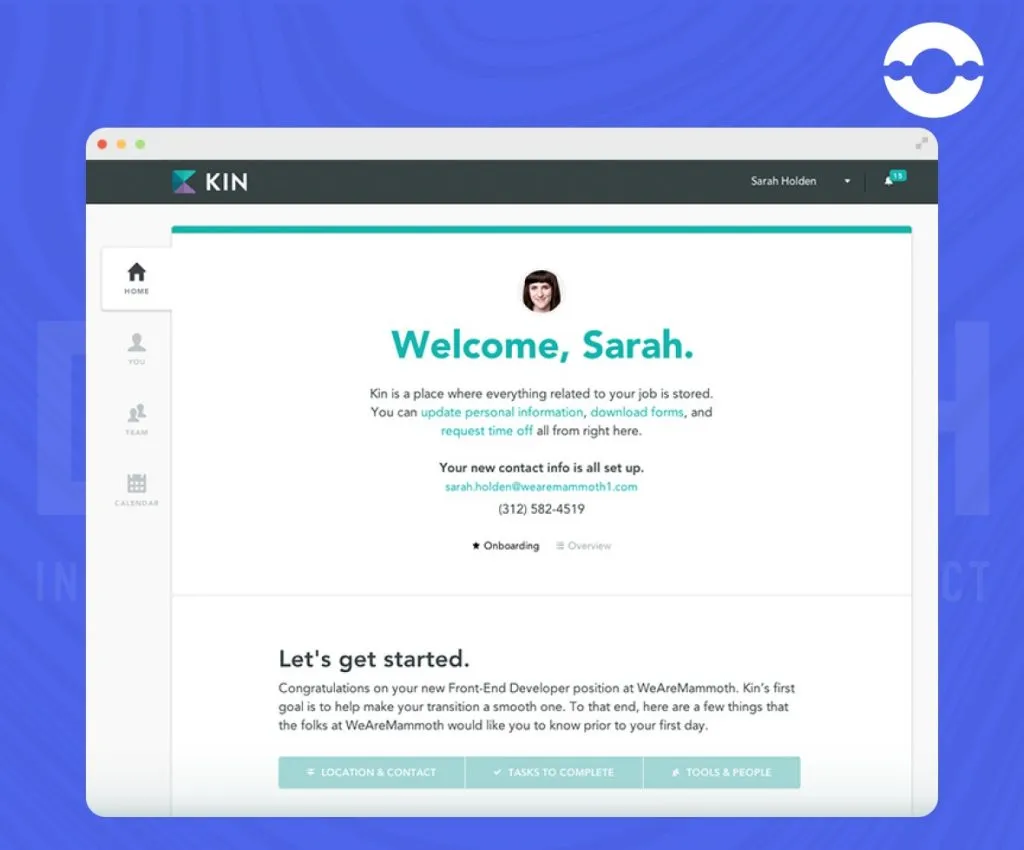
Mobile app development companies that provide personalized customer experiences will likely increase user engagement by 20%. Moreover, You could add a personal touch to anything, be it sending personalized push notifications, providing in-app messages, to delivering product/service recommendations.
Mckinsey partner (Julien Boudet) says,” Personalization is the philosophy that focuses on providing tailored customer communication to increase user engagement.
Hence, using personalized content help businesses not only to increase customer retention rate but also to turn customers into brand ambassadors.
9. Displaying the progress bar in the app
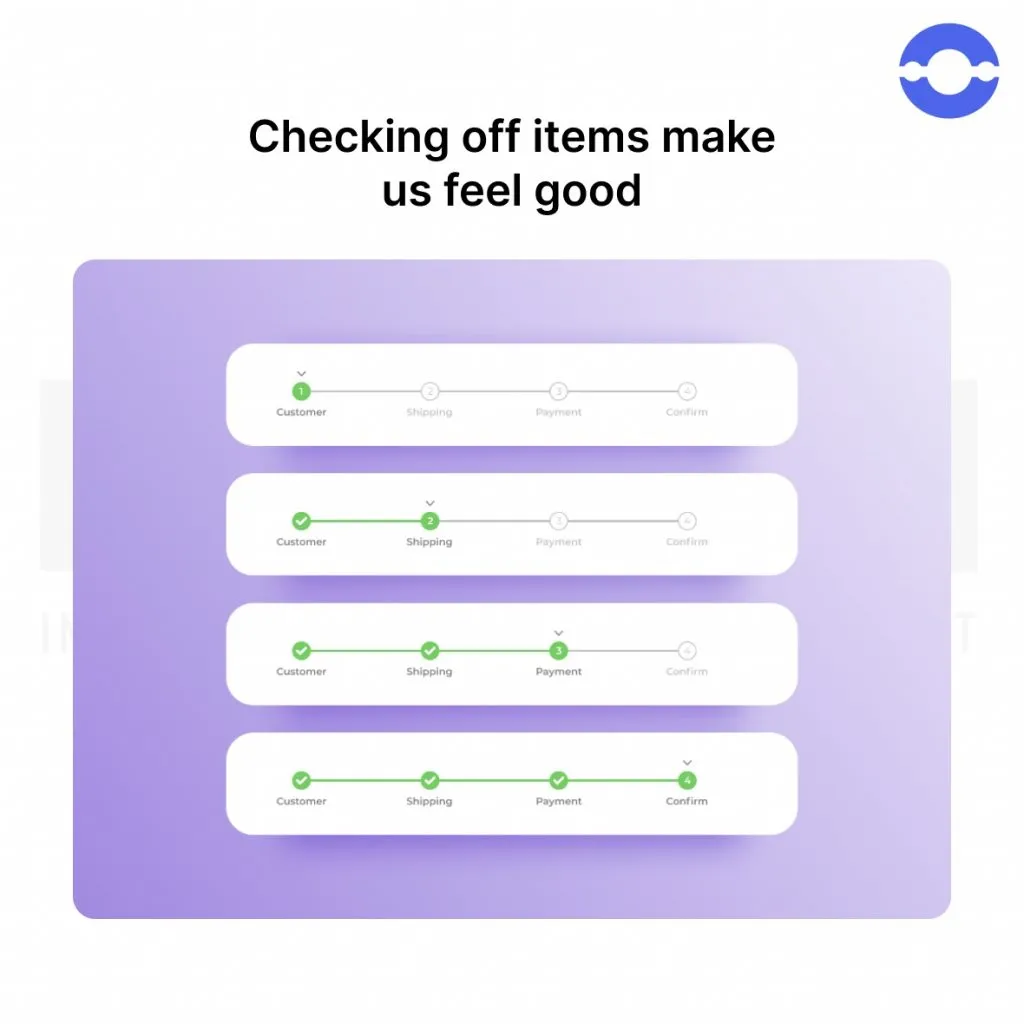
Adding a progress bar at the time of user onboarding is another way to increase the user retention rate on an app. Here, you can motivate users by guiding them throughout the screen and showing how much progress users have made by displaying a progress bar.
Additionally, it is not challenging for new customers to complete their milestones within an app. As the users know how to use the app, it keeps them motivated to spend a long time on the app, increasing the app engagement rate.
10. Using deep linking to boost app engagement
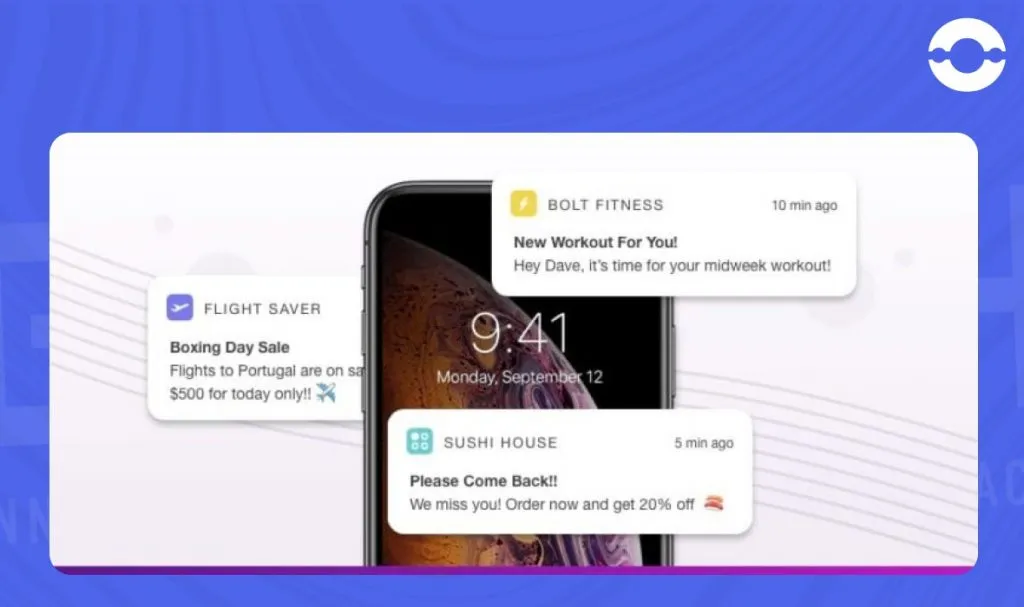
Do you want to retarget existing customers and re-engage with them? Then, Deep linking is the best strategy to do this. The company sends a deep link to the user’s email or notification. Users are directed to a specific landing page when they click on the link. It is how customized notifications direct the users to land at the correct location.
11. Run contests/ offer promotions.
Another strategy to increase mobile app engagement is that companies nowadays are conducting contests and offering giveaways to customers that help them retain customers for longer.
Let’s take the example of google pay, which tries to engage with its customers by organizing contests that lure them to the app every day and make hassle-free payments to their friends.
FAQs
1. Understand the behavior of users during the specific time frame
2. Remind the customers by sending push notifications
3. Direct the users to the right landing page through in-app messages
4. Take advantage of email campaigns
1. Provides a smooth onboarding experience
2. Use push notifications wisely
3. Add gamified experiences to the app
4. Using in-app messages to build better relationships
5. Eliminating friction from the sign-up process
6. Using emails to get the users back on social media
7. Provides a personalized experience
8. Displaying the progress bar in the app
9. Using deep linking to boost app engagement
10. Running contests/offering promotions
1. Re-engage with your customers on multiple platforms
2. Take in-app feedback from customers
3. Create a user-friendly interface
4. Provides Personalization to the customers
5. Keep your app updated to the latest version
App notifications are messages delivered to users to re-engage with them and remind them of the latest products. These notifications serve as a goldmine for businesses to do one-on-one interaction with customers.
1. Provide limited-time offers to customers
2. When you share personalized product suggestions with customers
3. Share price change announcements
4. Offers lucrative rewards to the users
Mobile app engagement means how users interact with your app. By understanding the mobile app engagement metrics, advertisers and marketers can run their campaigns accordingly to get the maximum traction on the app




